Polyurethane - a plastic with many faces
PUR-Processing
Whether as flexible, rigid or integral skin foams, as coatings or varnishes - polyurethane systems offer a wide range of applications. The processing methods for polyurethanes are just as varied as their applications. Here, the spectrum ranges from low-pressure processes for processing casting systems or high-viscosity media to high-pressure processes for producing a wide variety of foams and combinations with other materials in injection molding applications. In the latter, thermoplastic polyurethanes as 1-K or 2-K systems (e.g. in sealing applications) and the process combination of the injection molding process with subsequent flooding of a polyurethane or polyurea system are of particular interest.
Each application requires a tailor-made material system and the manufacturing process specifically adapted to it. As a partner, we enable you to process almost all PUR systems in the entire spectrum of possible processing methods thanks to the extensive equipment of our independent technical center. By networking tool designers, process engineers and experts in plastics testing, we can offer you a multi-layered spectrum for the modification, processing and development of your polyurethane and polyurea systems.
- Low pressure processing
In low-pressure processing, forced mixing of at least two main components and up to four other components takes place in the mixing head by static mixers or dynamic mixers. This makes the mixing quality relatively independent of the mixing ratio of the components to each other and the viscosities and viscosity differences of the starting materials. Also, the discharge of small and very small quantities up to approx. 2 mm³/s (depending on the material) can be realized.
Disadvantages of low-pressure mixing are the need for an advance (loss of material), the often limited nature of the mixture feed (gravity-assisted) and the contamination of the mixing systems, which usually require cleaning.
- High pressure processing
In high-pressure processing, the mixing of the components (often 2, but also 3, 4 or 6 possible for special applications) takes place by countercurrent injection. This means that in the mixing chamber of the mixing head, the component jets meet each other at high speed and are thus mixed. This mixing principle imposes restrictions on processing with regard to the mixing ratio and the viscosities of the components in relation to each other, as well as the minimum discharge rate. Like so many influencing factors in PUR processing, these boundary conditions are material-dependent.
The main advantages of high-pressure mixing are the self-cleaning of the mixing heads, which causes no material loss and also no rinsing effort and thus represents a sustainable processing method. Furthermore, the mixture can be introduced in any mold position.
- Process combination
The process combination combines the advantages of thermoplastic materials with the specific properties of PUR/ PUA systems in one component. A thermoplastic substrate is produced by injection molding and then flooded with a PUR or PUA system. This can produce colored haptic layers on the thermoplastic or, as is currently increasingly in demand, transparent (or colored) clear lacquer layers. The additional integration of films as a decorative layer between the thermoplastic and the polyurethane makes it possible to produce complex and visually attractive components. Thanks to the diverse range of materials available for polyurethanes, scratch-resistant or self-healing surfaces can be produced.
Our services for PUR processing in detail
Our machine equipment at a glance
High pressure machine
HK 55 modified
Hennecke
Periphery
3D - Positioning device
Systec
High pressure machine
PSM 3000
Isotherm
High pressure machine
Comet 20/3-RS B2 16
KraussMaffei Group GmbH
High pressure machine
HK 270
Hennecke TOPLINE
REACH training for diisocyanates
Under the European REACH Regulation, new training requirements for the safe handling of diisocyanates are mandatory. From August 24, 2023, under the current restriction on diisocyanates, appropriate training must be provided before industrial or commercial use. The KUZ trains companies with certified expert trainers in classroom and e-learning courses, in cooperation with the FSK.
Read more



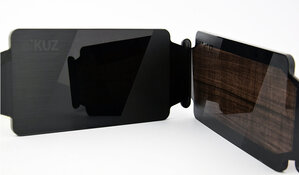
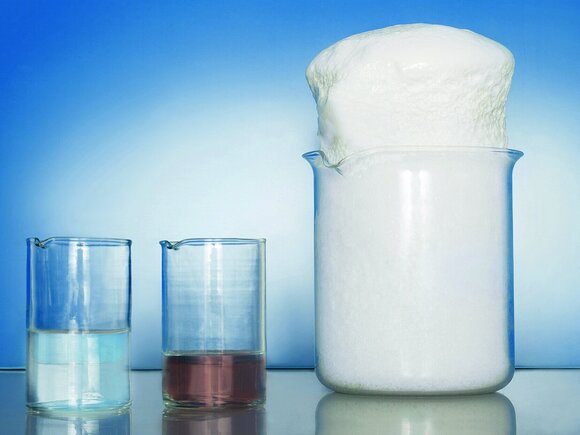
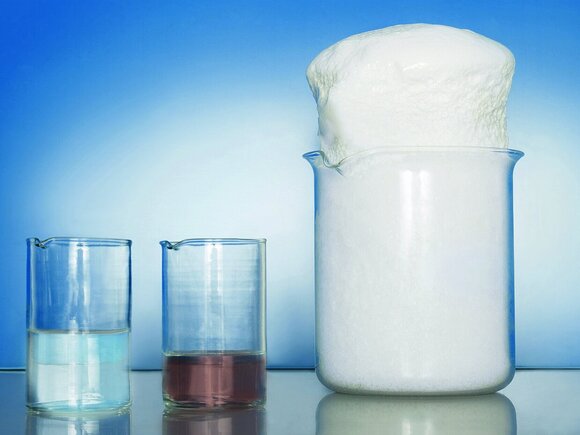







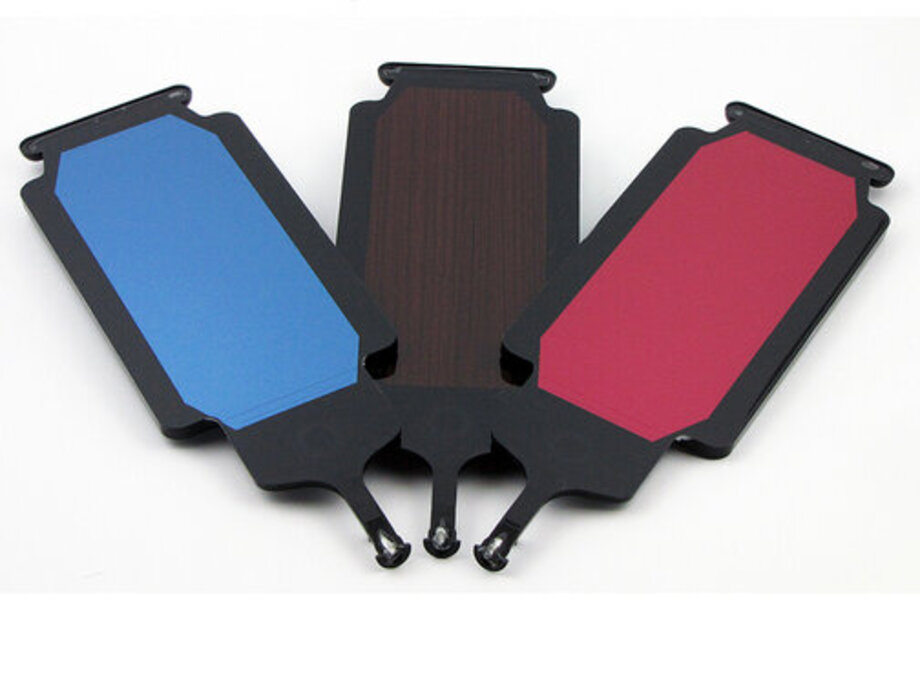
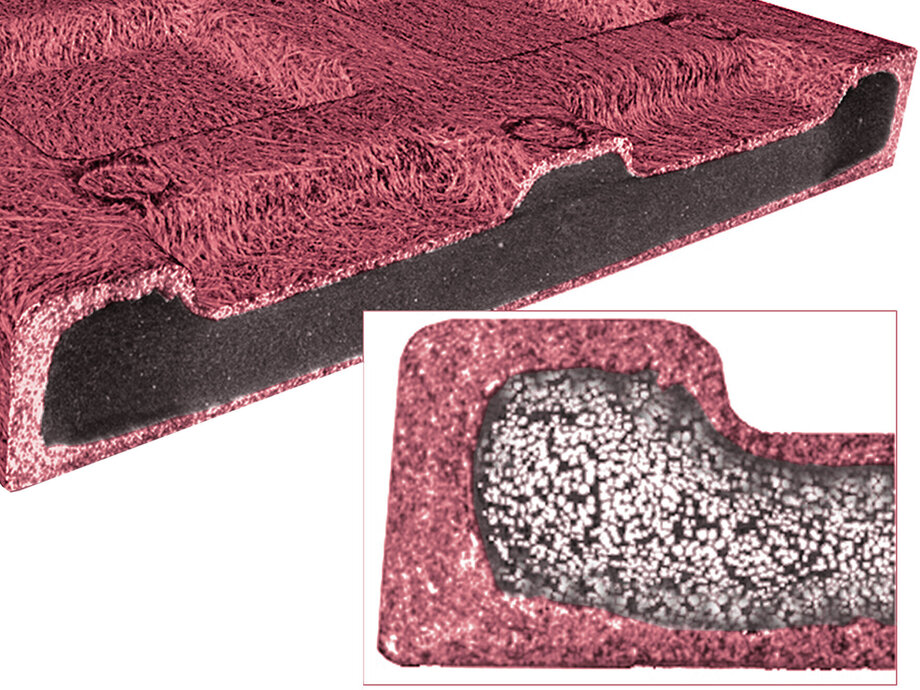
 "/>
"/>